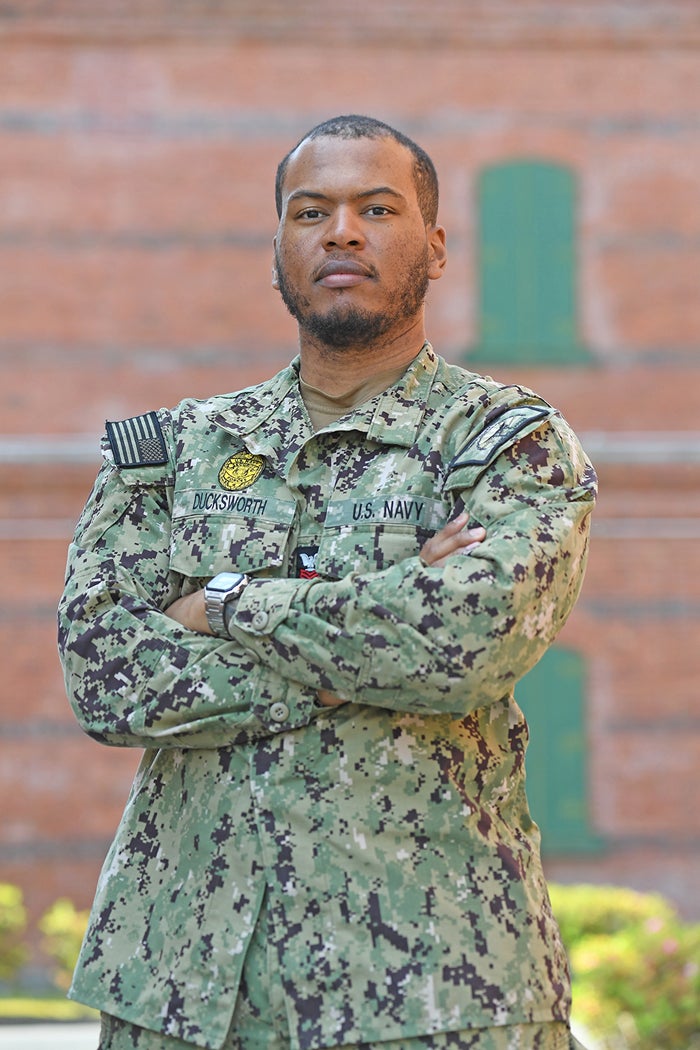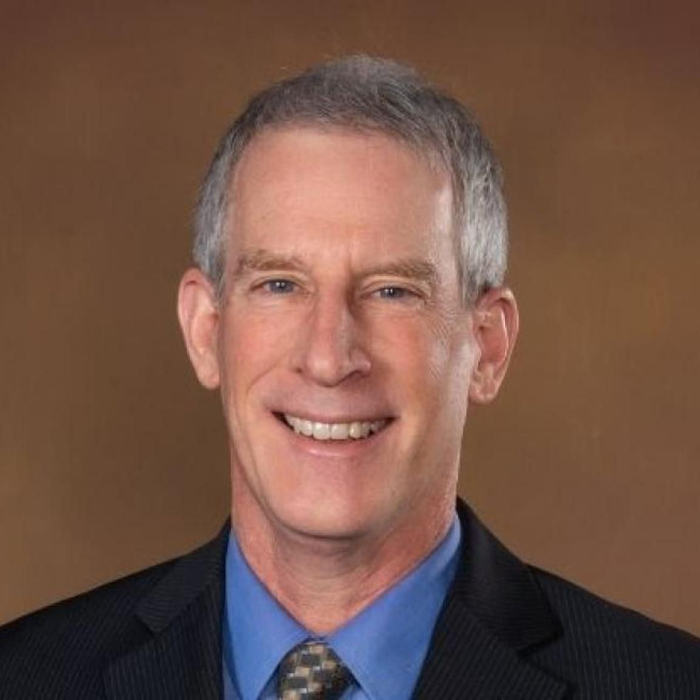Explosives set off to bring down rest of collapsed Florida condo
Published 11:46 pm Sunday, July 4, 2021
SURFSIDE, Fla. (AP) — Demolition crews set off explosives late Sunday to bring down the damaged remaining portion of a collapsed South Florida condo building, a key step to resuming the search for victims as rescuers possibly gain access to new areas of the rubble.
A number of explosions could be heard and then the building started to fall, sending up massive plumes of dust into the air in the surrounding neighborhoods.
Crews were to begin clearing some of the new debris so rescuers could start making their way into parts of the underground garage that is of particular interest. Once there, they were hoping to get a clearer picture of voids that may exist in the rubble and could possibly harbor survivors.
The precarious, still-standing portion of a collapsed structure was rigged with explosive charges and set for demolition, after suspending the search-and-rescue mission.
Through the night, rescuers were awaiting the “all-clear” after the demolition so they could dive back into the task of trying to locate any survivors buried under the rubble. Officials had previously said that the search could resume from 15 minutes to an hour after the detonation.
“We are standing by. We are ready to go in, no matter the time of night,” Levine Cava told a news conference earlier Sunday night.
No one has been rescued alive since the first hours after the June 24 collapse.
Rescuers are hoping the demolition will give them access for the first time to parts of the garage area that are a focus of interest. Once a new pathway into the initial rubble is secure, “we will go back to the debris pile, and we’ll begin our search and rescue efforts,” Miami-Dade Fire Chief Albert Cominsky said.
The decision to demolish the Surfside building came after concerns mounted that the damaged structure was at risk of falling, endangering the crews below and preventing them from operating in some areas. Parts of the remaining building shifted on Thursday, prompting a 15-hour suspension in the work. An approaching storm added urgency to the concerns.
“I truly believe … that the family members recognize and appreciate that we are proceeding in the best possible fashion to allow us to do the search that we need to do,” Levine Cava said.
Jadallah told family members Sunday afternoon that the demolition had been scheduled for between 10 p.m. Sunday and 3 a.m. Monday, barring any last-minute glitch such as someone straying into the restricted zone around the building. Levine Cava later confirmed that time frame.
The remaining portion of the building came down around 10:30 p.m.
The mayor said residents in the area were told to stay inside until two hours after the blast to avoid the dust raised by the explosion. Local authorities had gone door-to-door to advise them of the timing, and to ask them to keep windows closed.
The search at the Surfside building has been suspended since Saturday afternoon so workers could begin the drilling work and lay the explosives. Officials said the suspension was necessary because the drilling could cause the structure to fail.
So far, rescuers have recovered the remains of 24 people, with 121 still missing. Many others barely escaped. The Miami-Dade Police Department on Saturday night added Graciela Cattarossi, 48, and Gonzalo Torre, 81, to the list of those confirmed dead.
Approaching Tropical Storm Elsa has added urgency to the demolition plans with forecasts suggesting there could be strong winds in the area by Monday. President Joe Biden declared a state of emergency in Florida because of the storm, making federal aid possible.
The latest forecasts have moved the storm westward, mostly sparing South Florida, but National Hurricane Center meteorologist Robert Molleda said the area could still feel effects.
“We’re expecting primarily tropical storm force gusts,” Molleda said, referring to gusts above 40 mph.
The detonation will aim to bring the remaining portion of the building straight down and toward the street side, away from the existing pile of debris, said Miami-Dade Assistant Fire Chief Raide Jadallah.
The method of demolition is called “energetic felling,” which uses small detonation devices and relies on the force of gravity. Levine Cava said that should bring the building down in place, containing the collapse to the immediate surroundings so as to minimally disturb the existing mound of debris — where scores of people are believed to be trapped.
Officials used tarps to visually mark the search area, in case new debris scatters unexpectedly.
State officials said they hired the BG Group, a general contractor based in Delray Beach, Florida, to lead the demolition. They did not immediately respond to an inquiry about how the firm was selected, but a contract for the projects calls for the state to pay the company $935,000.
A spokesperson for the state’s Division of Emergency Management said the company is subcontracting with Maryland-based Controlled Demolition Inc., which experts say is among only a handful of companies in the U.S. that demolishes structures using explosives. The company was supposed to place explosives on the basement and lobby levels of the still-standing structure, according to the contract for the work.
CDI is “probably one of the best” in the industry, said Steve Schwartz, a member of the National Demolition Association’s board of directors. He described the company’s president and owner, Mark Loizeaux, as “cool, calm and collected.”
In implosions — using explosives to have a building fall in on itself — the charges are generally set off in rapid succession over a matter of seconds, said Scott Homrich, who heads the National Demolition Association and runs his own demolition company in Detroit, Michigan. Setting the explosives off at intervals serves to break up the building at the same time it’s coming down.
Officials acknowledged that the tragedy is continuing to unfold during the July 4th holiday.
“This July 4 we’re reminded that patriotism isn’t just about loyalty to country,” said Levine Cava. “It’s about loyalty to one another — to our communities, to those in need whose names or stories we may not know ever, but to whom we are connected by compassion and by resilience.”





